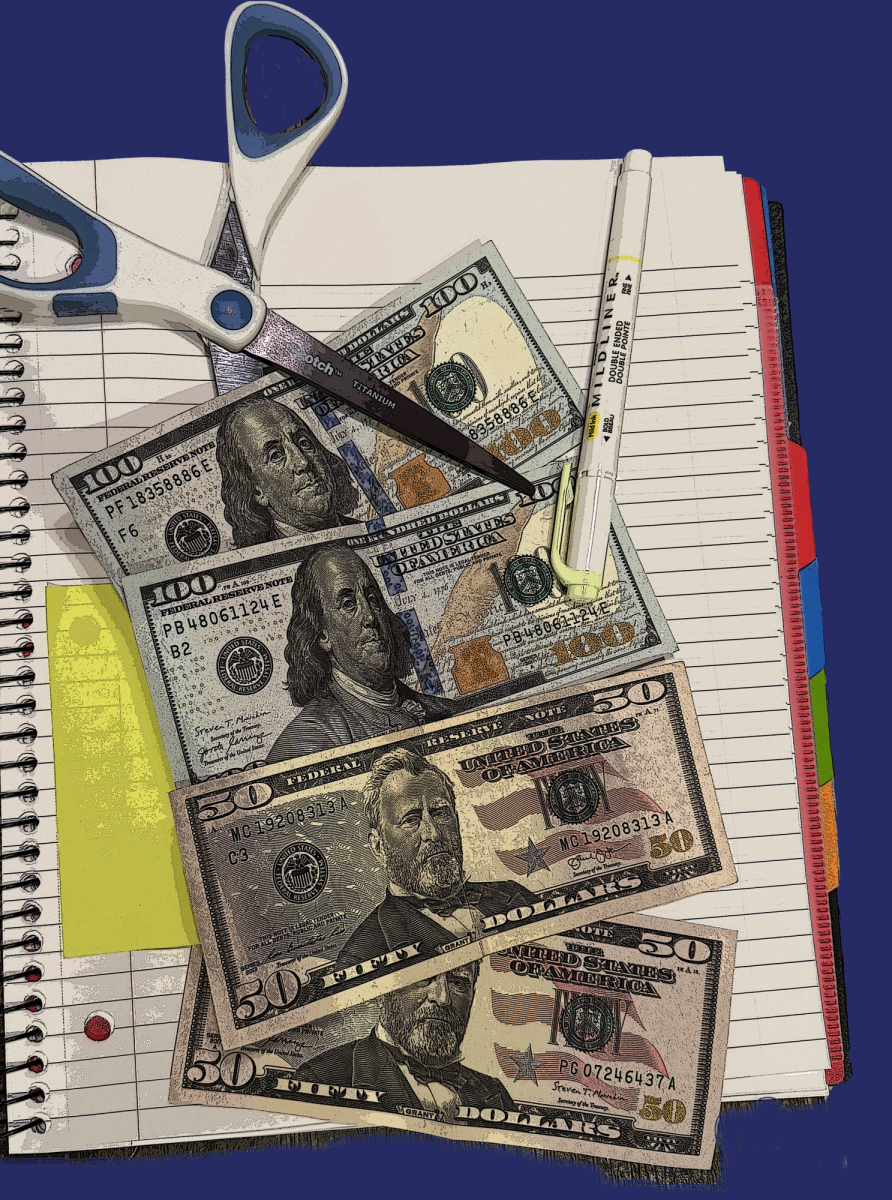3D printers are changing society and marketing as we know it
When walking into the engineering classroom on campus, one would expect to find creative inventions on display; but these inventions are different. They are not handmade, but “printed”, composed with layers of PLA (a polylactic acid made from corn starch), plastic, and sheer imagination. With this new invention, engineers and stay-at-home moms alike can create anything from iPhone holders to Chewbacca heads to rocket nose cones. This is the 3D printer.
With the construction opportunities the 3D printer brings, engineering teacher Alisa Bredensteiner uses her 3D printer in her classroom on a regular basis.
“There [is] a lot of stuff that we’ve printed, and usually the students are using it in a project. They get to fabricate exactly what that they need for whatever they’re making… and they can make it the exact size that they need, the type of notches that they need into it, and then a couple hours later… they’re making the device that they designed.’’ Bredensteiner said.
Depending on the device designed, it can take anywhere from 19 minutes to 24 hours to complete the printing process.
“If you wanted it to be more dense and thick, then it would take obviously a lot longer” Bredensteiner said. It can be a headache from time to time for Bredensteiner, who claims that the 3D printer itself takes up about a third of her job, but in the end it’s greatly beneficial.
“It can be frustrating to use, but also a lot of fun.” Bredensteiner said.
The first 3D printer, created by Charles Hull in 1984, was used for small engineering parts using a vat of liquid. Now, with decades of modifications and improvement, the 3D printer of today is used in a variety of fields, including science, marketing, and medicine, with over 320,000 estimated people in ownership for 2015, 55% of them being for business and 45% being for individual use, according to quora.com. Printing out layers of material—from plastic to tissue cells—1in a specified formation, the 3D printer actually “prints” out a given design which results in a 3D object. Companies across the globe are using this technology to build models and custom parts to improve the quality and efficiency of their products, as well as in some cases providing printing services to customers who want their own custom gadgets.
Not only is the 3D printer useful in the engineering classroom, but it is also beneficial in the medical field to create prosthetic limbs vital to the functionality of their patients. After scanning a design that fits the patient, the 3D printer will print out the parts to the whole limb, which is then assembled and attached to the patient. With sensors that allow the prosthetic limb to move with the natural muscle inside the patient, the prosthetic limb can function like any other natural limb.
“I know there (are) some cool programs where they’re trying to make cheap, 3D printed arms,” anatomy teacher Jon-Paul Ewing said, “especially for children because they outgrow the arms, so they can’t have a huge investment in an arm the kid is going to outgrow, like how they outgrow a shoe.”
With the instant construction abilities demonstrated both in engineering and prosthetic limbs, the future of 3D printing looks very bright. Having a 3D printer in your home will affect your shopping list. “You can produce your own products… You won’t have to order a special part online and wait for it to get shipped to you, you can just print it out yourself.’’ Bredensteiner said.
Design and customization are also on the rise, as it gets easier to create exactly what you have envisioned for a product. “Especially with people who are getting into design and innovation and want to make stuff for themselves,” Bredensteiner said, “either toys or anything they want”. Companies such as Nike, Hasbro, Ford and Hershey’s have already started using 3D printers to help with quality and marketing.
According to The Harvard Business Review, “China will have to give up on being the world’s manufacturing powerhouse.” With the opportunities the 3D printer brings, not only will our home lives improve, but the manufacturing economy as well. Bringing ease, speed, and customization to the table, 3D printers are a force to be reckoned with, holding a bright future for companies and homeowners alike across the nation.






